- EU Ban: Zinc pyrithione banned in the EU in March 2022 due to reproductive toxicity concerns.
- Health Concerns: Classified as a Category 1B CMR toxicant, raising worries about human health and environmental impact.
- Product Reformulation: Popular anti-dandruff brands reformulated, replacing zinc pyrithione with alternatives like piroctone olamine.
- Alternatives: Piroctone olamine emerges as a primary substitute, but long-term safety is still under review.
- Expert Advice: Consult dermatologists to navigate anti-dandruff options and address scalp concerns post-ban.
Zinc pyrithione (ZPT) was a widely used ingredient in many personal care products, especially anti-dandruff shampoos and treatments. Its effectiveness in combating dandruff and seborrheic dermatitis, thanks to its antimicrobial and antifungal properties, made it a staple for millions.
However, this changed in March 2022 when the European Union (EU) prohibited the use of zinc pyrithione in all cosmetic products, including shampoos and skin creams [1]. This significant decision was driven by concerns about zinc pyrithione’s potential toxicity to both human health and the environment.
In brief: The EU’s 2022 ban on zinc pyrithione, prompted by health worries, has reshaped the anti-dandruff product market. While brands have reformulated with alternatives like piroctone olamine, questions around long-term safety and efficacy remain. This shift emphasizes the delicate balance between public health, ingredient safety, and consumer product availability, highlighting the importance of informed discussions with dermatologists.
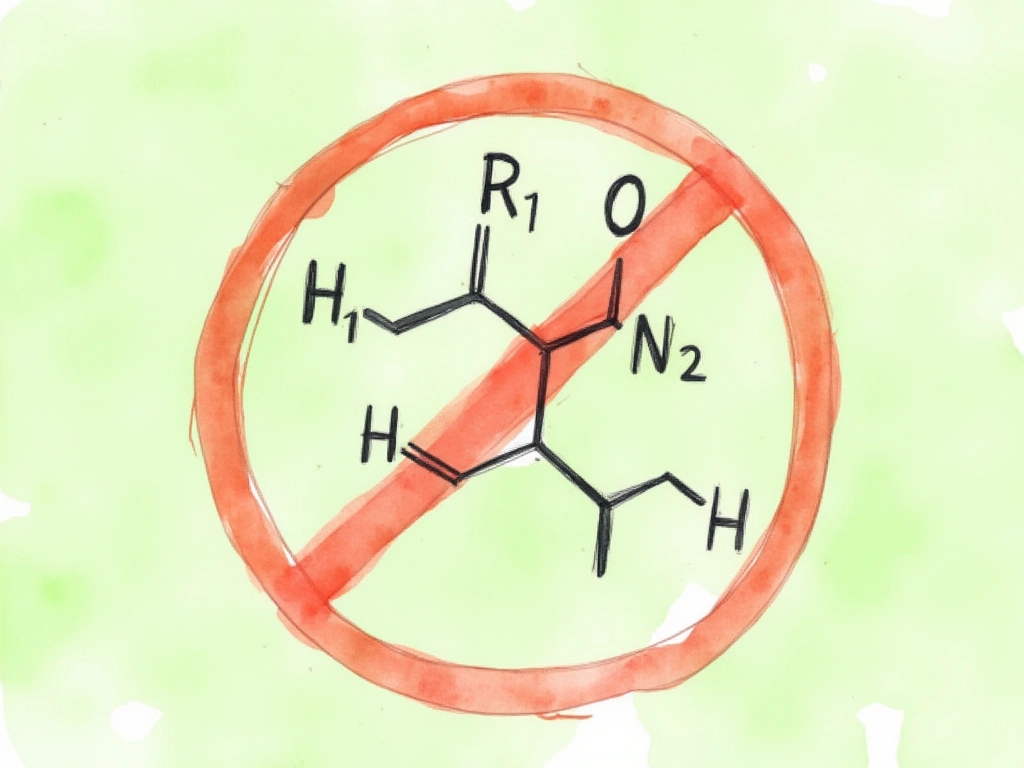
Why Did the EU Ban Zinc Pyrithione? The Health and Environmental Concerns
The primary driver behind the EU ban is zinc pyrithione’s classification as a Category 1B Carcinogen, Mutagen, and Reproductive (CMR) toxicant [SCCS/1614/19
Final Opinion]. This classification indicates potential risks to reproduction and fertility based on animal studies.
Research has highlighted several concerns associated with zinc pyrithione:
- Aquatic Toxicity: Harmful to aquatic life even at low concentrations [2].
- DNA Damage and Cellular Impact: Shown to cause DNA damage and energy disruption in human skin cells [3].
- Skin Barrier Disruption: May compromise the skin’s natural barrier function [4].
Despite a safety review suggesting zinc pyrithione’s safe use at concentrations up to 1% in rinse-off hair products [5], the EU opted for a complete ban in cosmetics due to its reproductive toxicity classification and the availability of effective alternatives.
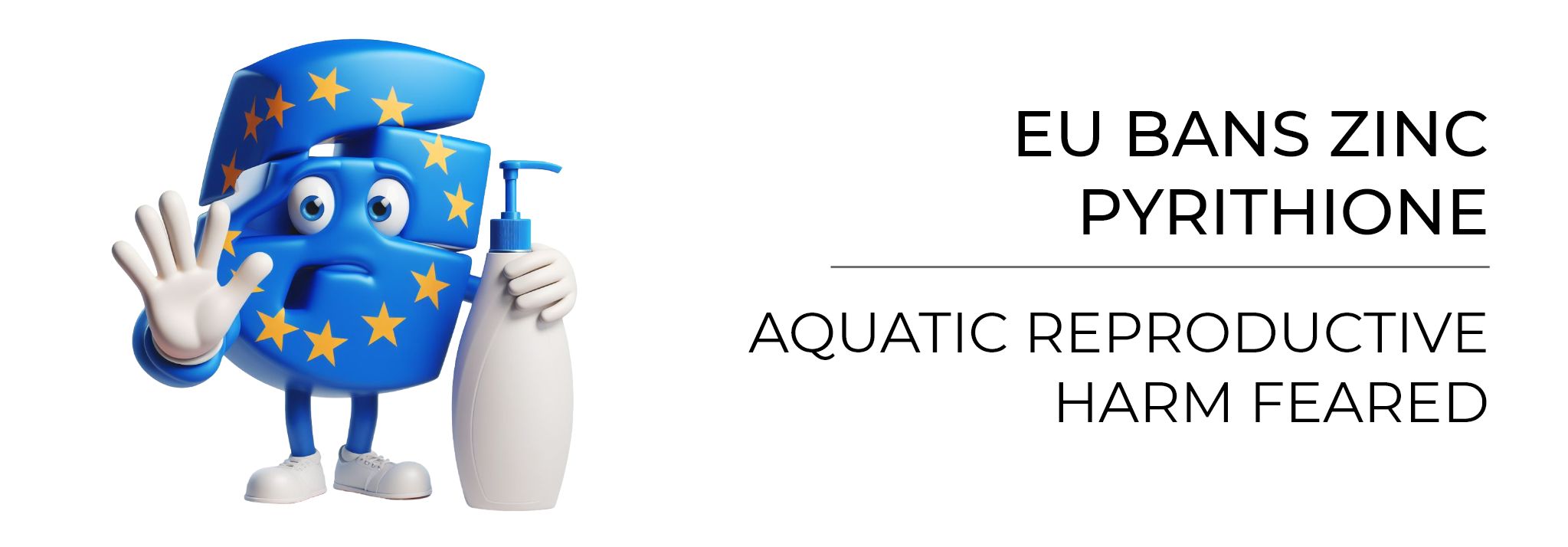
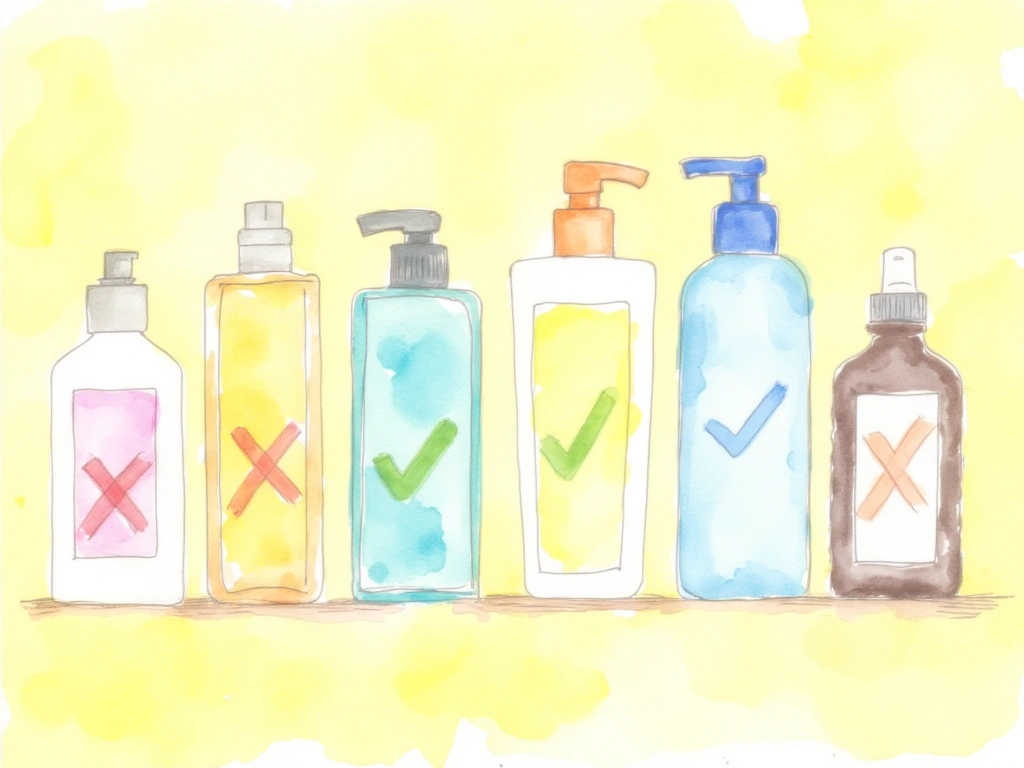
Impact of the Ban: Product Reformulation and Consumer Shifts
The EU ban on zinc pyrithione, effective March 1, 2022, led to immediate changes in the cosmetic market:
- Product Removal: All zinc pyrithione-containing cosmetic products were removed from EU shelves.
- Reformulation of Anti-dandruff Shampoos: Major brands like Head & Shoulders, previously using zinc pyrithione, had to reformulate their products.
- Consumer Adaptation: Individuals relying on zinc pyrithione for dandruff treatment needed to switch to alternative products.
While a widespread global ban hasn’t followed, countries like Japan and Canada have existing restrictions on zinc pyrithione levels in cosmetics. Anticipating the EU decision, many manufacturers proactively replaced zinc pyrithione with alternatives like piroctone olamine in their formulations.
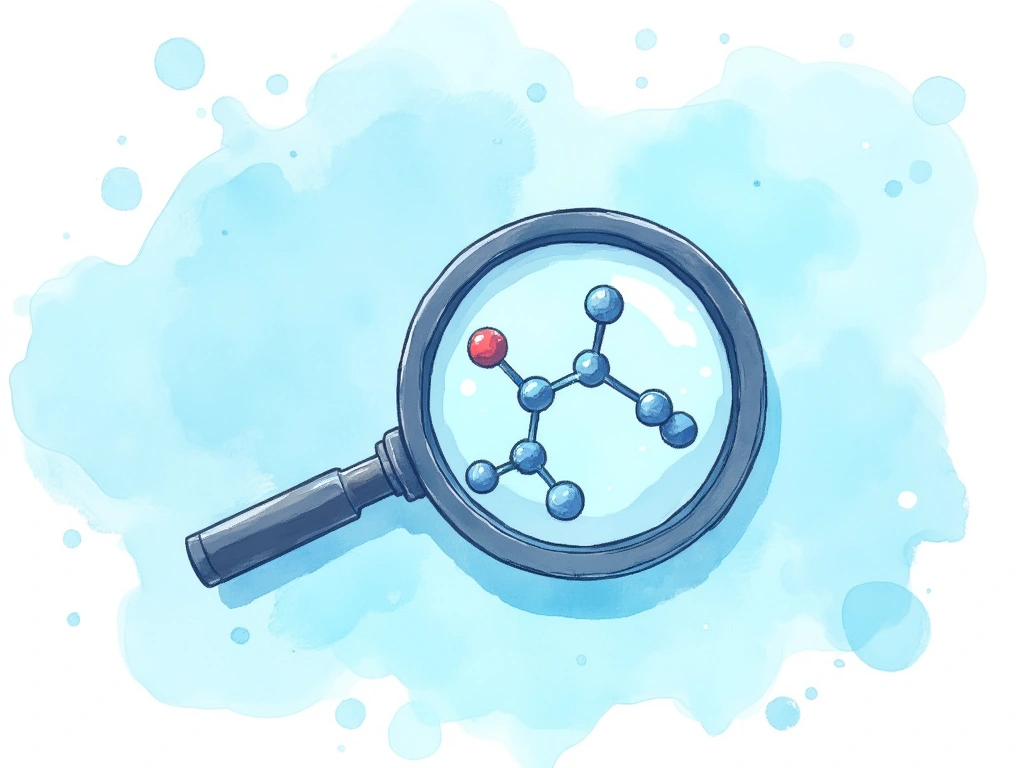
Zinc Pyrithione: Assessing the Real Danger
The debate around zinc pyrithione’s danger is nuanced, with ongoing research providing further insights. Key points to consider include:
- No Direct Carcinogenic Link: Despite reproductive toxicity concerns, zinc pyrithione itself doesn’t appear to be carcinogenic and might even possess anti-cancer properties [6].
- High-Dose Study Concerns: Alarming findings, such as DNA damage, often stem from studies using zinc pyrithione concentrations far exceeding those found in cosmetic products [5].
- Clear Aquatic Toxicity: The detrimental impact of zinc pyrithione on aquatic ecosystems and potential food chain effects is well-documented [7].
The EU’s ban appears to be a precautionary measure driven by environmental considerations and the availability of alternatives, rather than solely by immediate cosmetic-level risks to human health. If you have concerns about switching away from zinc pyrithione, consulting with your doctor is recommended.
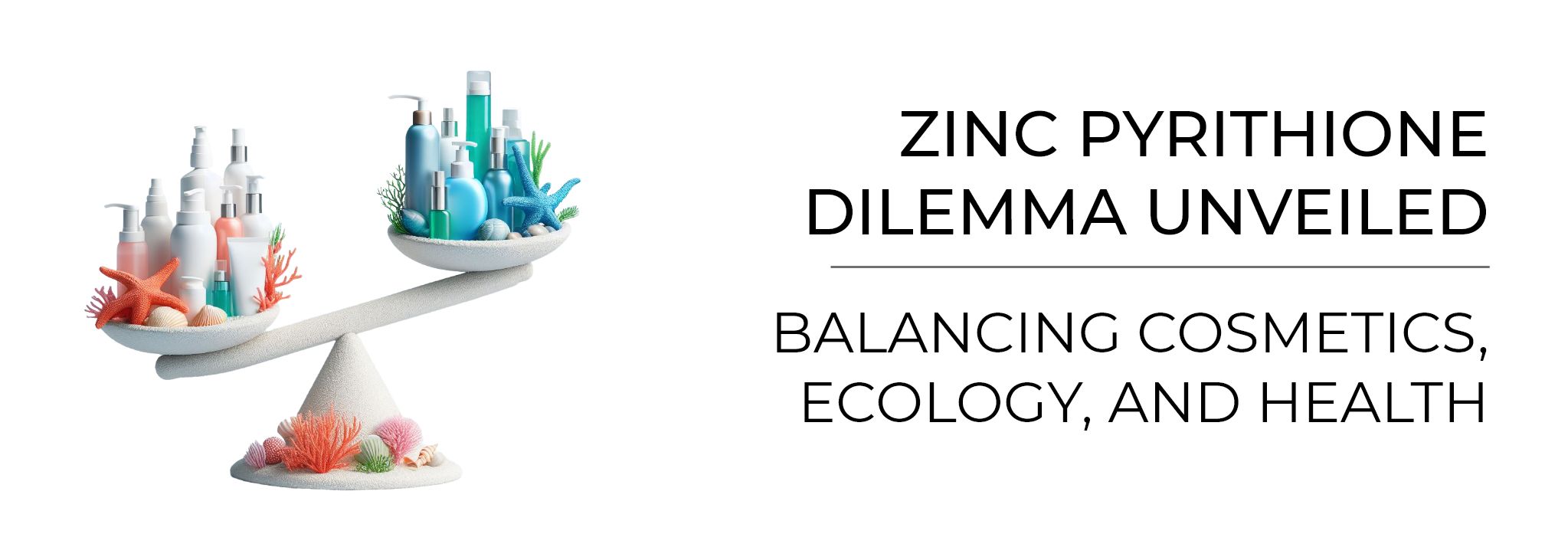
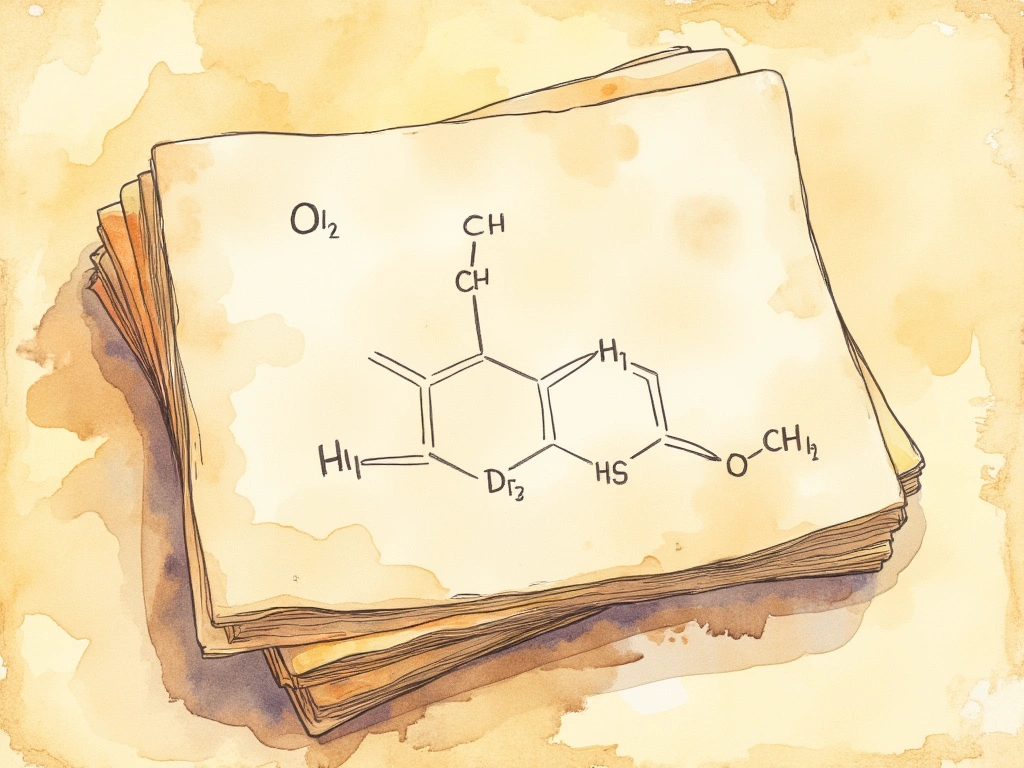
Zinc Pyrithione’s Safety History: A Long Track Record
Prior to the EU ban, zinc pyrithione boasted over 60 years of safe and effective use in anti-dandruff treatments, establishing itself as a leading active ingredient. This extensive history provided a solid base for safety evaluations, more comprehensive than many newer cosmetic ingredients. Studies indicated minimal absorption and low toxicity risks when zinc pyrithione is rinsed off quickly from hair and skin [].
For more in-depth information on zinc pyrithione, refer to:
However, the EU ruling necessitates a shift towards alternative antifungals like piroctone olamine. While effective for dandruff control, these newer ingredients lack the long-term, widespread usage history of zinc pyrithione, leading to some uncertainty about their long-term safety profile in the general population.
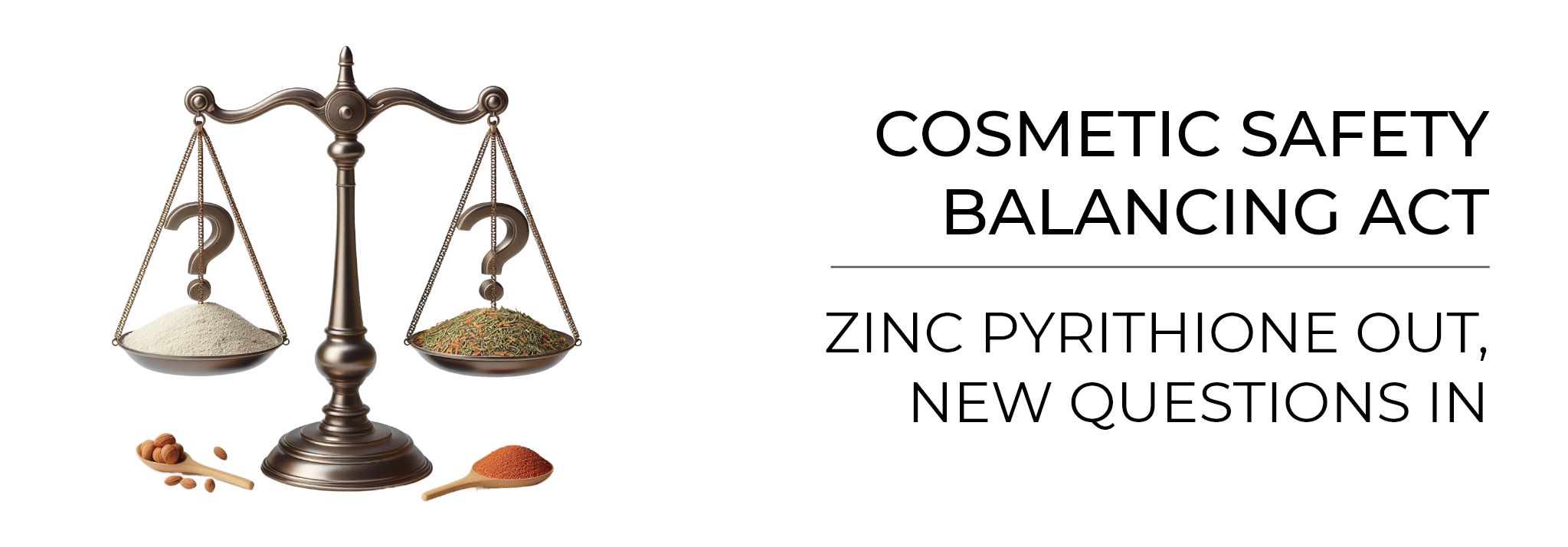
This situation underscores the complex decisions faced by regulatory bodies like the EU. Banning zinc pyrithione prioritizes consumer safety given its concerning toxicity classification, even if debated. However, this shift increases reliance on newer alternatives with potentially less understood long-term effects. Banning a long-established ingredient can trigger a cascade of questions about the safety and implications of the replacements that gain prominence. Regulators play a critical and evolving role in navigating these safety trade-offs.

Conclusion: Balancing Safety and Long-Term Impacts
The EU ban on zinc pyrithione, despite its long history of use, reflects a precautionary approach to emerging concerns about reproductive toxicity and environmental effects. This regulation has accelerated the adoption of alternative antifungals like piroctone olamine in anti-dandruff products. While these alternatives are promising, their long-term safety across diverse populations is less established due to their shorter history of widespread use.
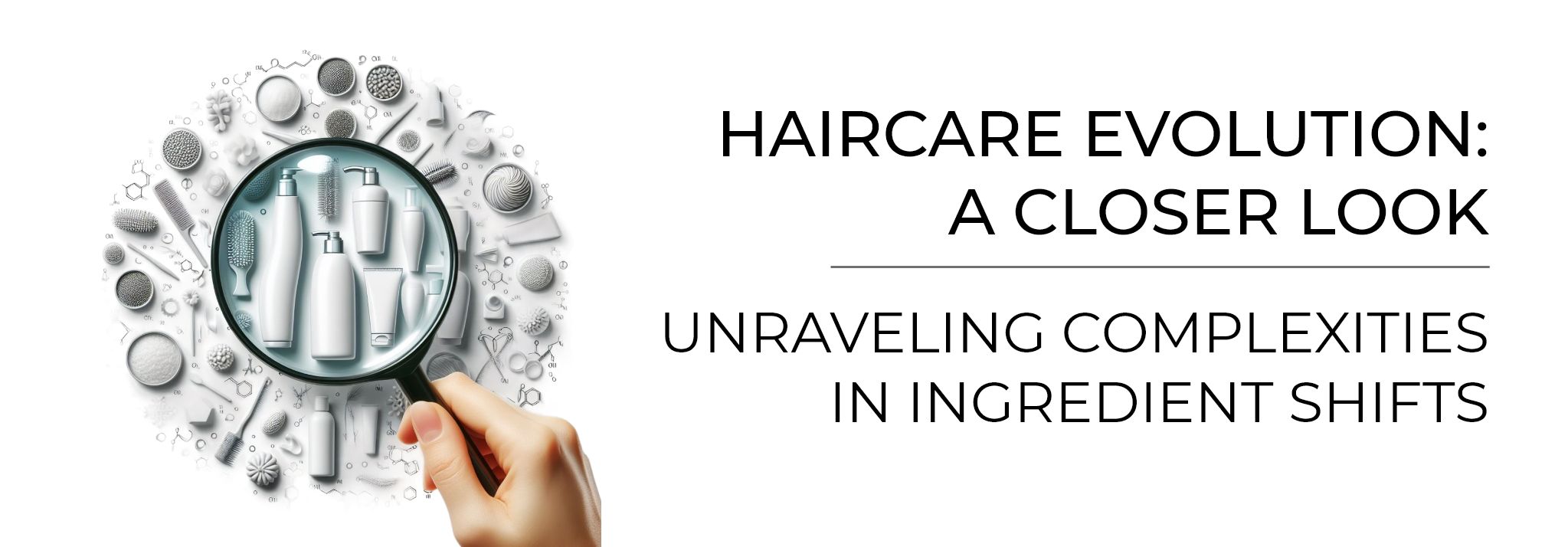
This scenario highlights the intricate risk-benefit analyses that regulatory agencies undertake when balancing different public health priorities. Removing ingredients with potential toxicity raises the reliance on replacements that may have their own unanswered questions.
For consumers, the zinc pyrithione ban means a wider selection of over-the-counter products but also the challenge of navigating new options. If you experience persistent scalp issues, consult a dermatologist and report any concerns with new treatments. Regulatory decisions aim to protect consumers, but their broader effects require ongoing evaluation and open dialogue to ensure informed choices for everyone moving forward.
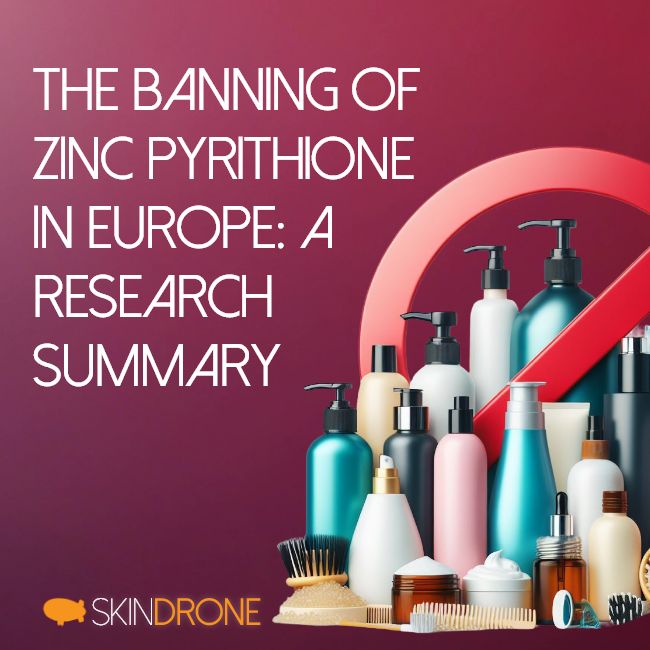

No Comments
Be the first to start a conversation